STROMTANK S-1000 & S-2500 Quantum
Stromtank has been conceived to become an ultimate solution to clean power supply. It operates with no dependency on power grid quality, providing the purest possible voltage to electronics. It proves once again – and it does so in a rather unrivaled way – that it is the power foundation that lifts up the good systems to the great ones.
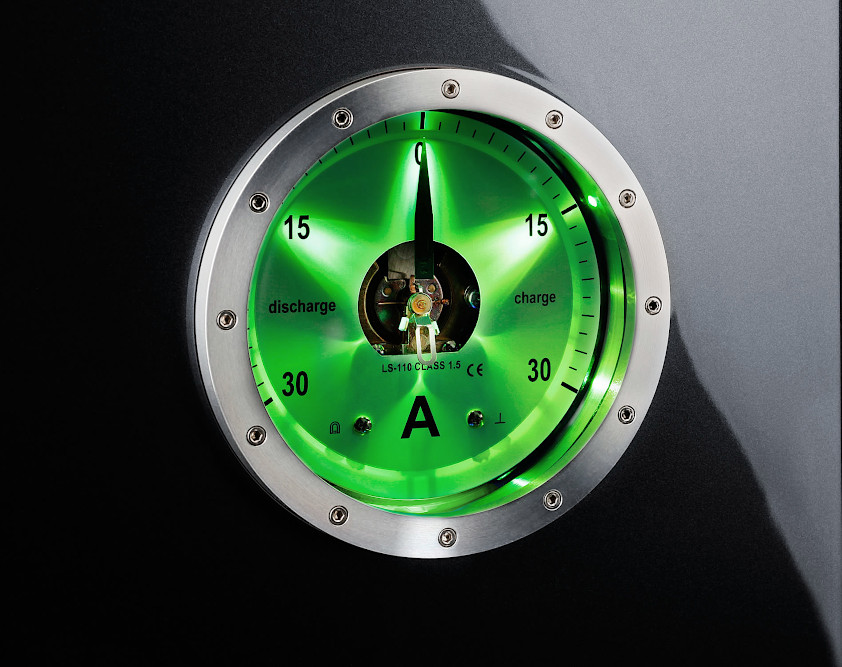
Get disconnected from the power grid. Entirely.
In terms of power conditioning the high end market is very sparsely populated. Most existing devices are ‘good old’ passive cascades of filtering stages and/or isolation transformers; other devices try to address the irregularities of sine wave by correcting it; and those devices that aspire to be clean power generators disconnected from the grid – like UPS stations – have been failing so far in providing real improvements in the sound of high end systems.
Due to instanteous peak current demands it is much easier to marry low-consumption devices – like DACs, players, and preamps – to power conditioners. With high current electronics – like amplifiers – the whole thing gets very complicated. In my own audio life I have always found well designed distribution units to be sonically superior to any kind of heavy filtration or isolation. Thus the power distributors/conditioners from Nordost, Shunyata Research, Ansuz, and Synergistic Research, were far less power constraining and effective in improving the sound than any active filtration from PS Audio, Accuphase, or Pure Power, which put the brakes on dynamics and aliveness of the system.
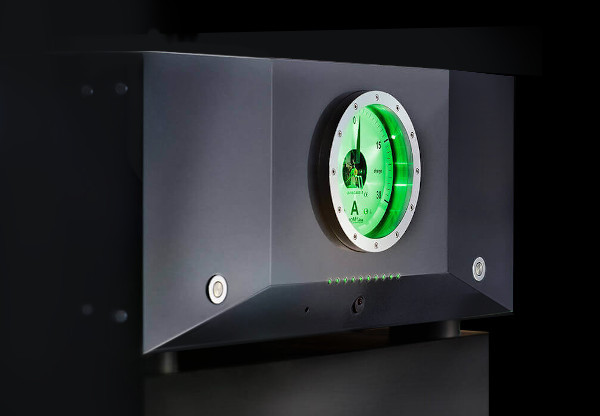
When I saw the Stromtank devices for the first time at the High End Munich show in 2018 I was taken aback: Are they really supposed to be the size of refrigerators? Fortunately WinBat Technology GmbH & Wolfgang Meletzky (of MBL fame) extended the portfolio of Stromtanks to other models that claim much less physical space and are friendlier to live with. The complete Stromtank’s catalogue now includes 5 power tanks – the biggest S-5000 HP for the most demanding applications (1500VA of continuous power) and the original S-5000 (750VA), the S-2500 Quantum (650V) and the S-2500 (550VA), and finally the S-1000 (450VA). Mind you that the output power listed is for the continuous power and the peak power transient handling is much higher (three times as much) in real use – the Stromtank S-1000 handles 1800W peaks on its outlets, the S-5000 HP capabilities exceed 5200W.
From batteries!
Yes, each Stromtank delivers the clean voltage from a battery pack that resides inside the unit and makes it rather heavy (from 40kg to 125kg depending on the model). I had two Stromtanks available for the review - the S-1000 and the S-2500 Quantum – that share similar design principles and aesthetics.
Their cases are assembled from 4 thick aluminum plates bolted together with the help of profiles in the corners, and paint-coated black. Industrial looking front panels are available in brushed silver aluminum, metallic black, and sumptuous Meteorit Gray taken from Audi catalogue. Then there is the meter…
The large analogue Amper-meter is arguably the most attractive visual feature of the Stromtank. Although it takes strong resemblance to D’Agostino meters or Chord’s Dave display, Stromtank refrained from adding all the gold and copper accents that make D’Agostino amps look so Asian, and stuck to a cleaner industrial layout.
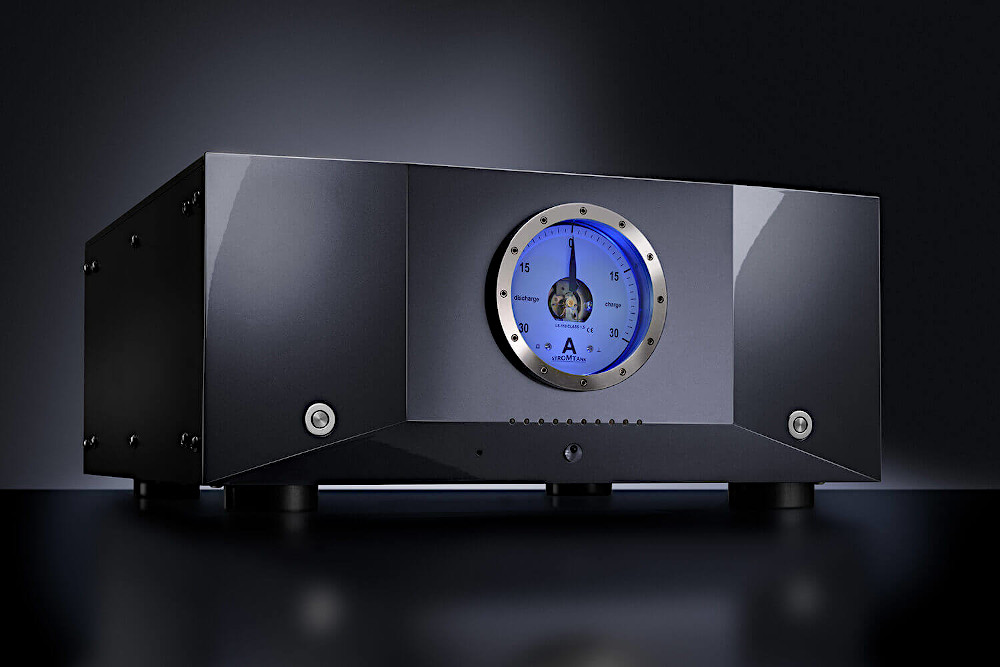
Depending on the Stromtank’s running mode the meter is either backlit in green (off-the-grid battery operation) or in blue (the outputs of the Stromtank are connected to the AC grid, the batteries only used as a buffer). Correspondingly the meter shows either discharge current of batteries (green mode) or battery charging current (blue mode). If one needs to know what the voltage draw from the Stromtank is in Watts, then just use the average battery voltage of 26,4V and multiply the meter’s reading with it. 10A on the meter translate into 264W of power consumption, for instance.
The power pack inside the Stromtank comprises LiFePo4 battery cells, the technology that is the heart of Tesla Model 3 cars and which is responsible for most of the Stromtank’s mass. The batteries in the S-1000 should provide over 2 hours of energy in the off-grid mode, over 6 hours in S-2500 respectively. These calculations are based on the average power consumption of average electronics. In real use, when I only used the front-end components (digital sources) connected to the Stromtank S-1000 the battery capacity dropped to 20% after circa 20 hours, in case of the S-2500 Quantum it was more than 48 hours. The available capacity is indicated by a 10 segment LED bar under the Amper-meter. If the battery discharge reaches 10% (only one LED indicator is on) the Stromtank automatically switches to the recharging mode (blue). While recharging you can continue listening to music as usual. Well, not quite, because you will sorely miss the purity of sound of the off-grid mode.
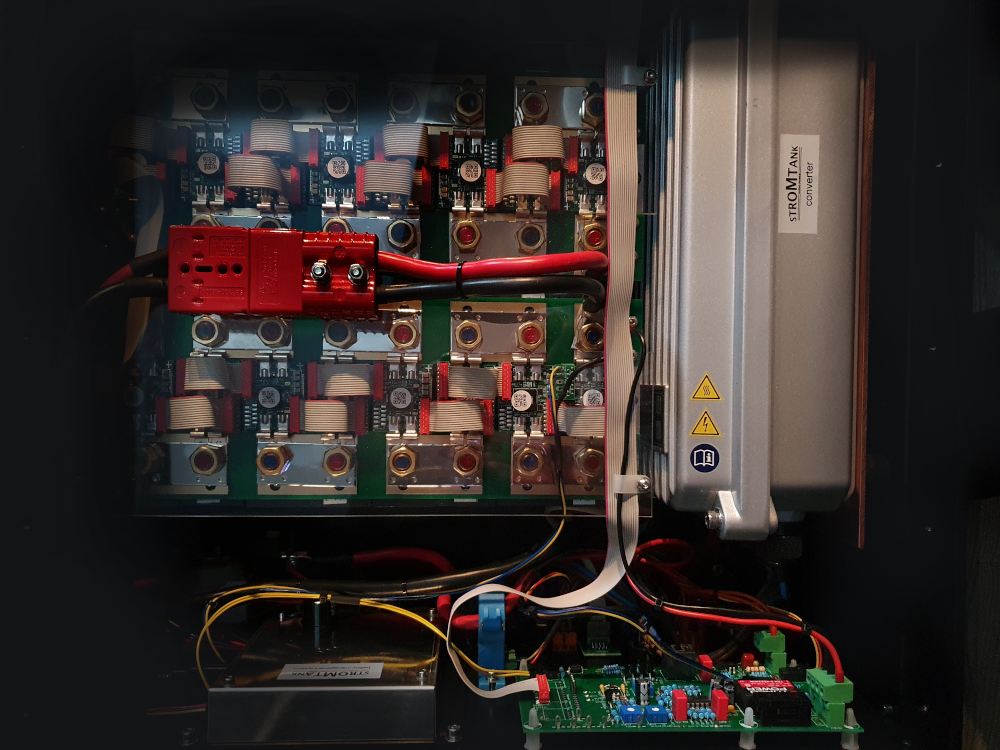
The manufacturer specifies the life of batteries in recharging cycles. The factory pack should be fine for 4,000-6,000 cycles. Provided that you recharge every single day the pack will last for over 10 years. It can be easily replaced by a new one if necessary, or replaced by a new battery technology if such will become available in future. I am sure it will as the progress in battery cells is expected.
The protective circuitry in the Stromtank does not allow the user to make any harm to the unit, provided that you don’t shorten it by plugging both ends (the IEC and the Schuko) of a single power cord in the unit. The automatic mode switching also prevents the batteries from being completely drained. Of course I tried to unplug the Stromtank completely from the power grid while listening to music in the battery mode. There were no real sonic benefits to it as the unit continued to operate from batteries like before, but it is quite assuring that one can listen to his high-end system even when neighbors are lighting up candles during a black-out.
Stromtank provides a nice cuddly remote control too. It is a small aluminum block with a black Perspex cover and two buttons. Pushing them switches between the green and blue modes on the fly, and regulates intensity of the Amper-meter’s lights. The remote is a part of the Quantum package, and available as an accessory for the S-1000.
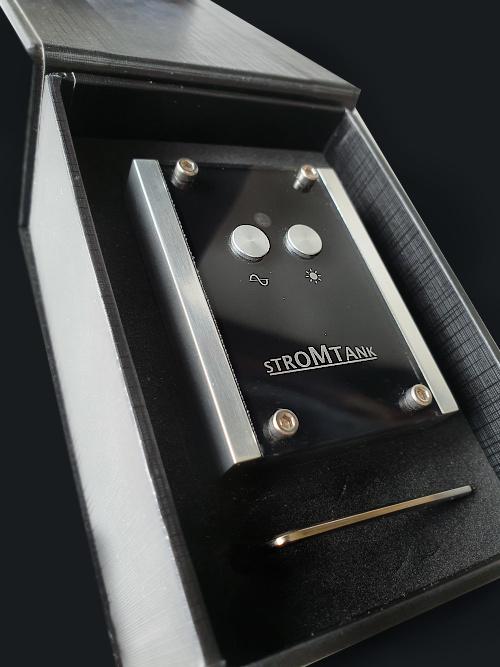
The Stromtanks are using Furutech Schuko outlets, four on S-1000 and three on S-2500. This can be quite limiting for all but the most simple set-ups; if you need more you can always multiply them by a good power distributor like Nordost Qbase, but this will ask for extra, and not small, budget. I would like to see more outlets on either of the Stromtanks.
Let´s start it up
While the Stromtank S-1000 is safely packed in a cardboard box and can be – with some effort – removed from it easily, the S-2500 Quantum comes in a plywood container on a pallet. Disassembling the container was a breeze, getting the heavy unit upstairs and behind the rack was a chore. I thanked God that I had not the S-5000 on loan too.
For anyone who is into rituals the initiation of the Stromtank is a pleasure. To each unit a key was added. The key has to be used in the keyhole at the rear panel of the Stromtank to unlock the device. Only then the main switch may be activated and the fuse switch flipped. These three steps are necessary to make the Stromtank up and running. After that it goes directly into the blue on-grid mode from which (by pressing another button) it switches to the green battery mode.
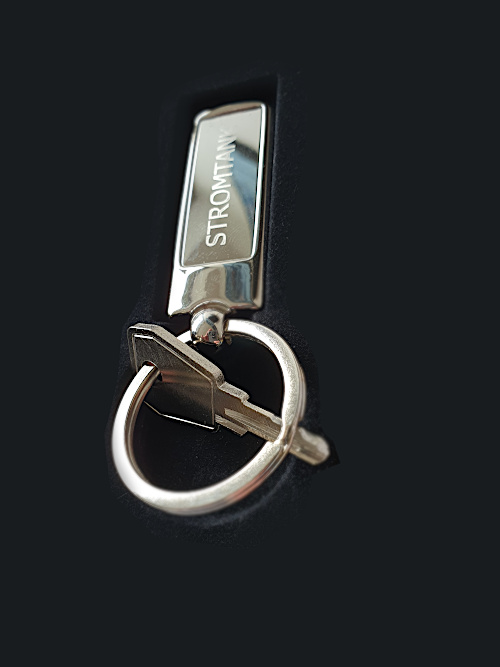
I started with the more powerful and more expensive S-2500 Quantum and plugged everything in it, including the TAD power amplifier (250W nominal power consumption). Then I sat back, pressed PLAY. Wow! It was dynamics – perceivably endless, smoothness of sound – perceivably endless, and the sound´s clarity – perceivably endless, which impressed me. And the music was about 1.5dB louder at the same volume setting. I have no explanation for why the system should be louder with the Stromtank (and it is so consistently) so let me focus on what I heard.
I love the Down To The River To Pray spiritual that can be found on Hundred Miles or More (Alison Krauss, Rounder). With the Stromtank in its blue mode the voices of singers were nicely delineated from each other and clean as I am used to. The battery mode moved the gravity center lower and made the sound both smoother and more detailed. The vertical soundstage shifts a smidgen lower to the floor as a natural result of taming any remaining etchiness of tweeters. I don’t know whether the singers were seated or standing during the performance take, however in the battery mode it looked like they were seated. At the same time I detected slightly more prominent ‘pop’ sounds, the p, b, t, d. But it was the newly acquired spaciousness of the soundstage and fantastic portrayal of reverbs that won me completely over. I felt like being there. Switching the S-2500 Quantum back to the blue mode made the singers stand up and removed the pbtd accents, however these were replaced by slightly accented sibilants. The soundstage of the blue mode was neither so expansive nor the sound had the exquisite smoothness of the battery mode and the music sounded more jagged and nervous.
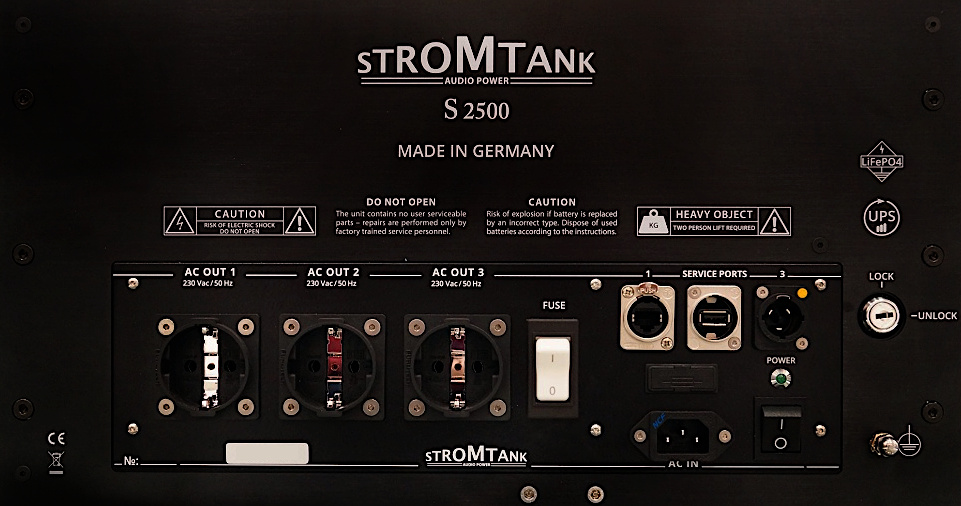
The very same track played back in the system powered by the S-1000 was a tad less analog-like but I appreciated that there was no accentuation of pops or sibilants, neither there was the vertical imaging shift between the blue and green mode. On the other hand the S-2500 Quantum was losing less in the blue mode (vs the green mode) than was the S-1000 which performed best in the green mode. Due to lower power output of the latter you’ll have to check the sum consumption of all the connected components to make sure that there will be enough juice for them from the batteries.
The hereabove observations are described in an overamplified way, stay assured that both the Stromtanks are better than any other power conditioner that I have ever auditioned.
Blame it on the grid
Moderato, the 2nd movement of the Symphony No.6 of Ralph Vaughn Williams (Chandos, SACD), builds its atmosphere in a similar way Shostakovitch’s Leningrad symphony does. The trumpets, timpani, and strings sound menacing here, and the simple but skillfully composed triplet motif keeps a listener at the edge of his seat, knowing that something is coming but sweeps of the orchestra prolong the tension and Vaughn Williams let the listener bite his nails with the expectation. The recording quality can be tricky here for it is dense and may sound muffled on lesser systems - sometimes it sounds disorganized even on good ones! Therefore I was surprised when the very same recording became wonderfully legible just by using the Stromtank as a power supply. Suddenly the acoustics bloomed and even the slightest ambiguity was transformed into concrete sounds coming from concrete places. The nebulous background became fully resolved and depth became sweetly transparent. The timpani, buried somewhere behind the orchestra before, were now clearly locatable behind the oboist. The movement closes with the lightest stroke of a mallet that softly excites the big drum’s skin and with the Stromtank S-2500 Quantum this sound became very visual, I could almost see the skin flexing and going up and down in resonant movement, no matter that all this happened some 30 feet away, in the depth of the orchestra.
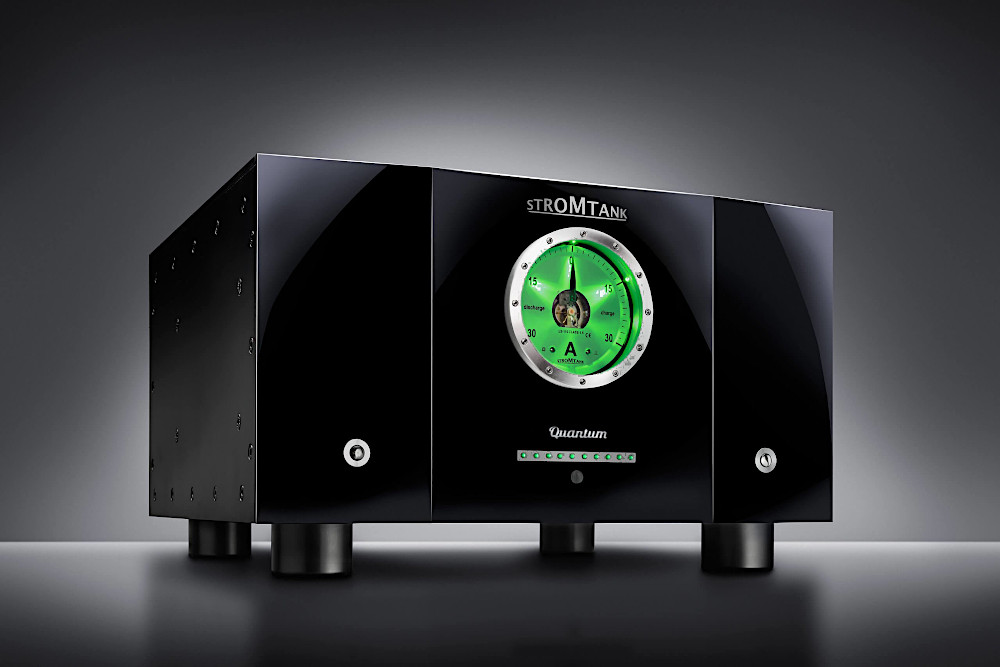
The music of Pink Floyd and the industrial introduction to Welcome to The Machine (Parlophone/PFM SACD) was heavier and more solid on the bottom with the Stromtanks. It was not about the extension in Hertz, rather about how physical the music felt. Imagine that you switch from a digital file to a master tape on a RTR deck and that the sound gets more saturated and more communicating, more there, without any dynamic loss.
The original vinyl of Thelma Houston & Pressure Cooker (Sheffield Lab) was cut directly from a live session, in real time, and taped simultaneously. For the CD version, included on Sheffield’s A2TB disc, the original masters were used for the digital transfer. Dish Rag has therefore a very intense dynamic range with incredible headroom, which is taxing the amplifiers and speakers to max. The track kicks off with two keyboards, bass and drums. The first 30 seconds ask for an uber-resolving audio components if you should hear spatially differentiated keys, good bass-from-drums separation, and transparent and deep soundstage. Further into the track a tambourine, trumpets, saxophones and trombones join in. At this point the track starts to be busy and especially the high pitched trumpets can become quite nasty sounding in some hotter systems. At around 2’50, all the instruments play full forte and the system has to deliver everything at once. With the Stromtank it became clear that it was the bass, not the piano or brass, what drove the track and what the backbone of the song was. The bass was amazing and its melodic line so beautifully delineated from the rest that I forgot to breathe.
You Can´t Take My Blues (Doug McLeod, AudioQuest Music) was recorded on two tracks. With the Stromtank one can travel back in time to the studio to watch VU meters - lit by yellowish light – dancing below spinning reels of a tape recorder. The S-2500’s sound was free of any ‘jittery’ artifacts, gone was any stridency and friction, everything was peaceful and smooth. The S-2500 Quantum worked like opium– you want to experience it over and over again. I was sort of devastated when I had to pull the key out and shut the Stromtank down. I knew that the detox period would be tough.
Comparisons
Years ago I have found that making comparisons between power conditioners on the basis of “replace, switch on, listen, and replace and so forth” process only leads to confusion. These devices have to a kind of tap onto the chain and somehow equalize before they can really bloom. It has nothing to do with ears being burned-in and therefore getting accustomed to the new sound, as many say. For the lack of a better analogy look at the individual elements of the audio system as empty vessels that are connected. By adding another vessel the system needs some time to reach the equilibrium again. It does take hours rather than days but it prevents the listener to make any final verdicts right away. To my ears, after the weeks with the Stromtank’s power supplies, the S-1000 and S-2500 Quantum are both remarkable, yet there are subtle differences.
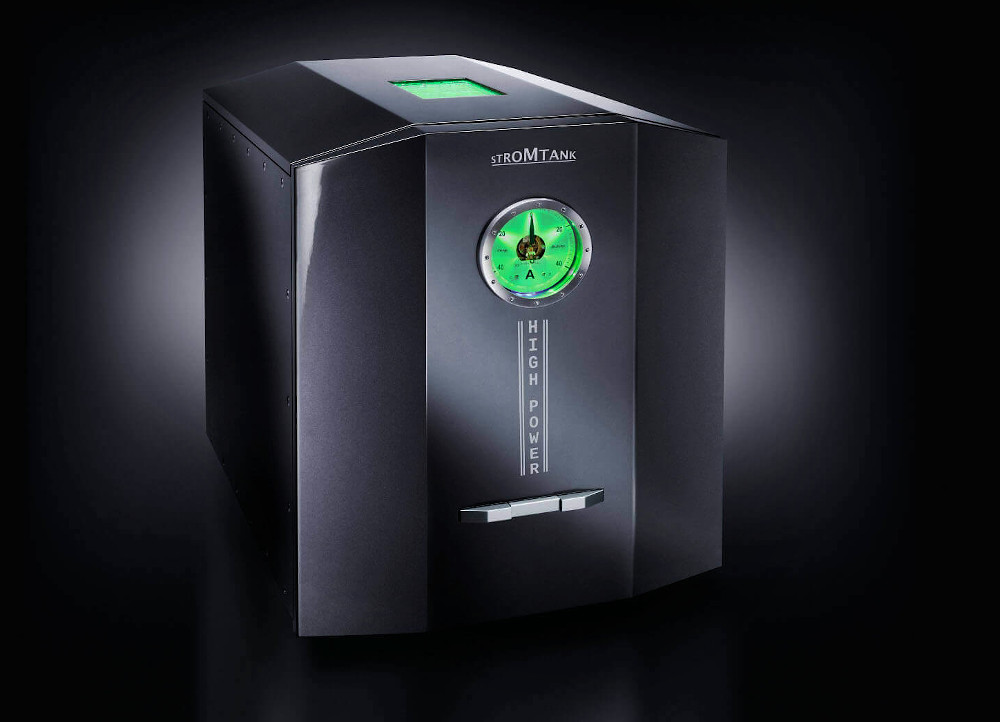
Any of the Stromtanks is dead quiet and makes also other components – their power supplies respectively – quieter too. The silence has a new meaning with the Stromtank. On music, the S-2500 Quantum is the smoother sounding of the two. It adds subtle but noticeable velvety sheen to sound, not unlike Lumin streamers do. The music becomes more radiant, more luxurious, and provides more pleasure and enjoyment. For example, on Acoustic Live album (Nils Lofgren, Analogue Productions, SACD) the final mastering gives perhaps too much spark to treble. However, the S-2500 Quantum converts this brilliancy into radiance with incredible image specificity and eerie feeling of peeking over the musician shoulder. The guitar transients are thicker with the S-2500 than with the S-1000, as if there were some tubes residing inside the Quantum. The S-1000 does not have the liquidity of the S-2500, yet to my ears it is more honest to the source material, more neutral. The final choice will be left on a user and synergy with the rest of his or her system, anyway. For those who cherish listening to music at night the S-2500 Quantum would be a better choice as it provides more physicality and analog transparency at a lower volume setting.
Relativity
Are the Stromtanks expensive? It´s relative. They were designed for audio systems – including power amplifiers – not only for front end components. Often we pay substantial amounts for filters or isolation transformers that only work on players and streamers, and are forced leave the amps on the ‘dirty’ grid not to lose dynamics and punch. Not with the Stromtanks.
Also, one can deduct few thousand of Euro from the Stromtank’s price right away. This is the budget that would be necessary for a good power cord if another power conditioner should be acquired. There is the rule that the best power cord one can afford should be placed between the wall receptacle and the power center of a system. The Stromtank does not really care about the power cord that feeds it. It is only used for recharging the batteries, the components will not ever see it. An ordinary PC cord will do the service. In fact, as I mentioned earlier, the Stromtank can be completely disconnected from the power grid. Do it as an experiment but do not use it like that – I guarantee that once you will forget to plug it back in and the batteries will be drained. But the message is clear: your audiophile circuit breaker means nothing to the Stromtank. Spend your money elsewhere.
However, the strongest argument for the Stromtank appeared in the introduction of this review: it is the power foundation which is essential and which lifts up the good systems to the great ones. In my opinion the Stromtank beats any power supply solution that is on the market today, active or passive. I’ve got to get one.
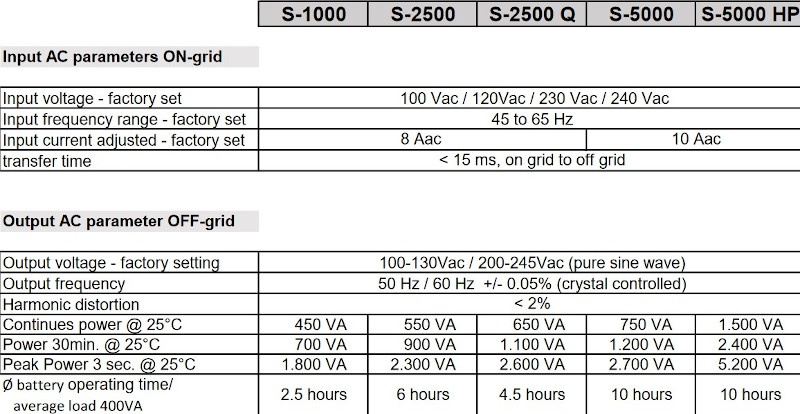
Stromtank S-1000 / 345 000,- CZK
Stromtank S-2500 Quantum / 669 000,- CZK
Recommended resellers: RP Audio, Ostrava, +420 737 366 831
Manufacturer´s website: https://stromtank.com
Associated components:
- Sources: Accuphase DP-720, Mark Levinson No.519, Mola Mola Tambaqui, Rockna Wavelight DAC
- Amplifiers: TAD M-2500, Leak Stereo 130
- Interconnects and speaker cables: AudioQuest Dragon Bass | Zero, Krautwire Numeric Digital, Krautwire MAX-S, Ansuz Signalz C2, Ansuz Signalz D2, Accuphase RCA, AudioQuest Carbon
- Loudspeakers: TAD Evolution One E1, Sonus Faber Gravis I
- Power conditioning: Block Audio Snakeblock, Shunyata Research Denali, Synergistic Research Atmosphere Level 2, Nordost Qv2, Qk1 a QPoint



